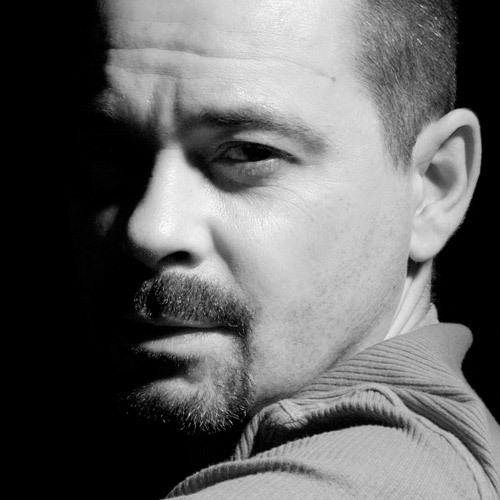History of the platinotype
Precursors
Adolph Ferdinand Gehlen (1775–1815), a German chemist, published in his diary Neues Allgemeines Journal der Chemie (Vol. 3, 1804) a report on the sensitivity to light of platinum, uranium, copper and iron compounds. He studied among others the decomposition of sunlight with platinum chloride dissolved in a mixture of ether and alcohol. The solution yellowed, and if it was concentrated enough in chloride, a thin black film of platinum was formed on the glass.
His colleague Johann Wolfgang Döbereiner (1780-1849), who was also interested in photochemical processes, observed that the combination of platinum chloride and oxalic acid was particularly sensitive to exposure to light, giving pure platinum.
The Englishman John Herschel (1792-1871), a prolific inventor (photography owes to him the cyanotype, the chrysotype and sodium thiosulphate as a fixer), said in 1832 that a solution of platinum dissolved in water regia (a mixture of hydrochloric acid and nitric acid), neutralized with slaked lime (calcium hydroxide), remained clear in the dark, but formed a yellow precipitate in the light. And this reaction was attributed to the purple portion of the light spectrum since red or yellow filters prevented the precipitate formation.
Robert Hunt (1807-1887), knowing about the work of Herschel, was probably the first to attempt the creation of a photographic process based on platinum salt sensitivity to light. We owe to him the term “platinotype” but he failed to find a perennial print process.
By the 1840s, the gold toning of silver salt photographic prints was already in practice. This technique was used to counteract the degradation of silver prints in order to “strengthen” them. The Frenchman Ernest de Caranza (1837-1863) wrote about the first method of platinum toning (Academy of Sciences, February 1856). The technique was reported in the weekly La Lumière (sixth year, No. 8, dated Saturday, February 23). It uses a bath of acidified water (hydrochloric acid) supplemented with platinum chloride. “The photographic prints set so far by the gold chloride have a bluish appearance which is not favorable for them, and in the long run they undergo a noticeable alteration giving them an unpleasing dirty hue, which does not take place with chloride of platinum.” “The prints obtained by M. de Caranza with this method are of remarkable beauty of execution. The negatives, on waxed paper, are characterized by fine detail, transparency in the shadows, a truth of perspective that make delightful scenes. What is the most striking in these pictures is the bold contrasts and the skill with which they are made. There are, for example, next to a dark foliage, the white wall of a palace or mosque, flooded with sunlight. But in the darkest parts as in the most enlightened, no detail is lost.” Platinum toning was highly successful in the 1860s.

Platinum print with pigments, Library of Congress.
The Scot Charles Burnett (1820-1907) is sometimes quoted. He published at the same time texts on toning methods with many metal salts, including platinum, palladium, rhodium, iridium, ruthenium, etc. But in his work it is difficult to distinguish which of these were experiments and which were only suggestions. Some evidence suggests that he came close in the 1850s to the discovery made by William Willis twenty years later (see W. de W. Abney and L. Clark, “Platynotype; its Preparation and Manipulation”, Sampson Low, Marston and Co., London, 1895, p. 26-27).
In 1858, the Duke of Luynes (1802-1867) presented to the Société française de photographie a method using platinum and gold. “We make a mixture of solutions of ferric perchloride and platinum chloride, marking each with 10 degrees at the acidometer;, the paper lying in this bath, then dried, is put under a negative and exposed to sunlight. In this case, even after two or three hours of exposure, we see the print drawn in white on yellow, a reduction is done and it is sufficient to develop it to move the paper in a chloride solution Gold 5 or 6 degrees at the acidometer, the print appears immediately in black and it is formed, and M. de Luynes has secured by gold and platinum which are reduced together.” (M. Ch. Barreswil, “Répertoire de chimie pure et appliquée”, Société chimique de Paris, Paris, 1858.)
To our knowledge, this process of gold and platinum has never enjoyed great popularity.
The Discoverers
William Willis Junior (1841–1923), judging the silver photographic processes too unstable and toning a stopgap, tried to invent an unalterable method. In June 1873, he filed a patent for a system with three layers. The first layer is a solution of sodium chloroplatinate, the second a solution of silver nitrate, and last, a solution of ferrous oxalate. Once exposed, the paper was developed in a solution of potassium or ammonium oxalate, followed by rinses in an acidic solution, then in a solution of sodium thiosulfate.
This first version was complex, but William Willis continued his research and published simplified processes in 1878 (conducted without silver) and 1880 (solution of ferrous oxalate and potassium chloroplatinate, the developer is a warm bath of potassium oxalate, which is the basis of current processes). He founded the Platinotype Company that sold paper with platinum.
In 1881, the British Photographic Society decorated him with the medal of progress for his invention of the platinotype.
The famous treatise “Die platinotype” of the two Austrian officers Joseph (Giuseppe) Pizzighelli (1849-1912) and Arthur von Hübl (1853-1932) was published in Vienna in 1882. Captain William Abney of Wiveleslie (1843-1920) translated this essay into English in 1883, and a French version was published the same year in Paris by Gauthier-Villar (“La Platinotypie. Exposé théorique et pratique d’un procédé photographique aux sels de platine permettant d’obtenir rapidement des épreuves inaltérables.”).
This popularized text found a large audience among photographers. It contributed decisively to the popularity of platinum processes by disclosing valuable technical information, both theoretical and practical, unshackling it from proprietary commercial paper. Using a technique developed by Pizzighelli, any photographer could make his own paper and continue the experiments.
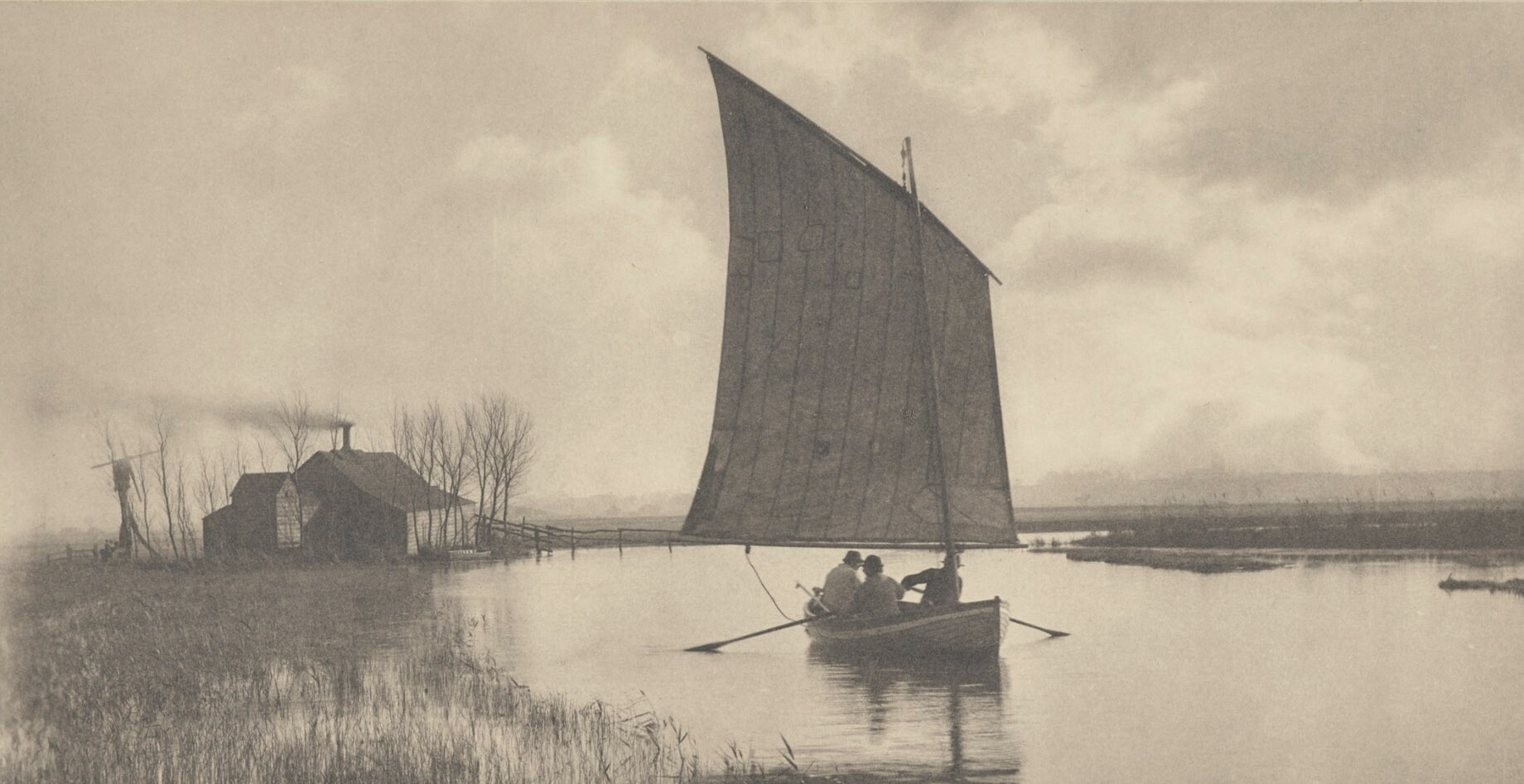
Platinum print, Library of Congress.
In the American newspaper The Photographic Times (New York, Vol. 18, No. 365, September 14, 1888) Marston Moore wrote:
“It is probable that, equally with Mr. Willis in this country, the platinotype process owes its extraordinary popularity to the enthusiastic and unselfish efforts of Messrs. Pizzighelli and Hubl, who, by making the results of their laborious experiments common property, have allowed the world at large to share in the fruits of them, thus exhibiting the spirit of true men of science, which is never so well exemplified as when enriching the store of human knowledge, instead of limiting the sphere of its usefulness to the individual. (…) The commercial preparation of platinum paper in this country has hitherto been a virtual monopoly, closely guarded by several patents.”
However, for photographers who did not want to prepare their own papers, the papers sold by the Platinotype Company were of high quality and were in demand. Commercial success continued until 1906, when sales began to decline, mainly due to the rising price of platinum (which exceeded that of gold). Yet this same year, Eastman Kodak began to produce its own paper with platinum (after buying the company of Joseph Di Nunzio who produced the paper Angelo in Boston).
In 1913, in an effort to find a replacement for expensive platinum, William Willis published a patent for the process Satista (platinum and silver) and another method for palladium (the metal being of little use then).
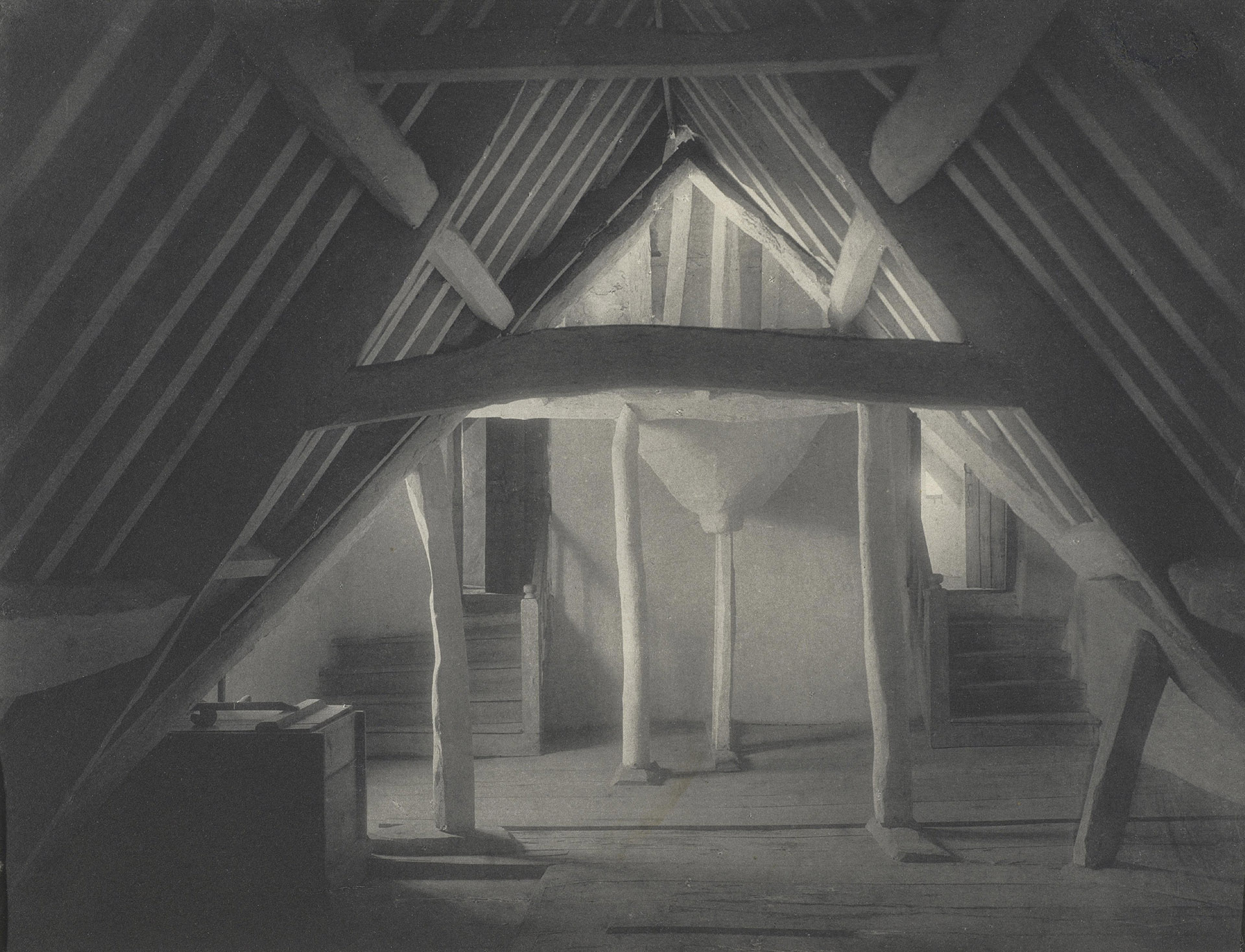
Platinum print, Philadelphia Museum of Art.
The Golden Age
From 1890 to 1905, platinotype was the most popular print technique in many countries (with the possible exception of France). Photographers regularly praised its qualities in photographic societies’ newspapers. The spread of the platinotype marks the beginning of discussions regarding the recognition of the photographer as an artist. In 1886, Peter Henry Emerson, published in London his text “Photography: A Pictorial Art,” which gave birth to Pictorialism. In 1894 the “Première exposition d’Art photographique” in Paris was held. The platinotype, with its matte and subtle rendering, its potential for manipulation and mixing with other techniques, remained deeply linked with the work of artists of the Pictorialist movement.
To judge the success among artists of the time, consider that more than half the prints of the exhibition of the British Photographic Society in 1894 were platinotypes, the remainder being divided between silver and charcoal processes. There were only 15 platinotypes (of 373 images) in the exhibition of 1880.
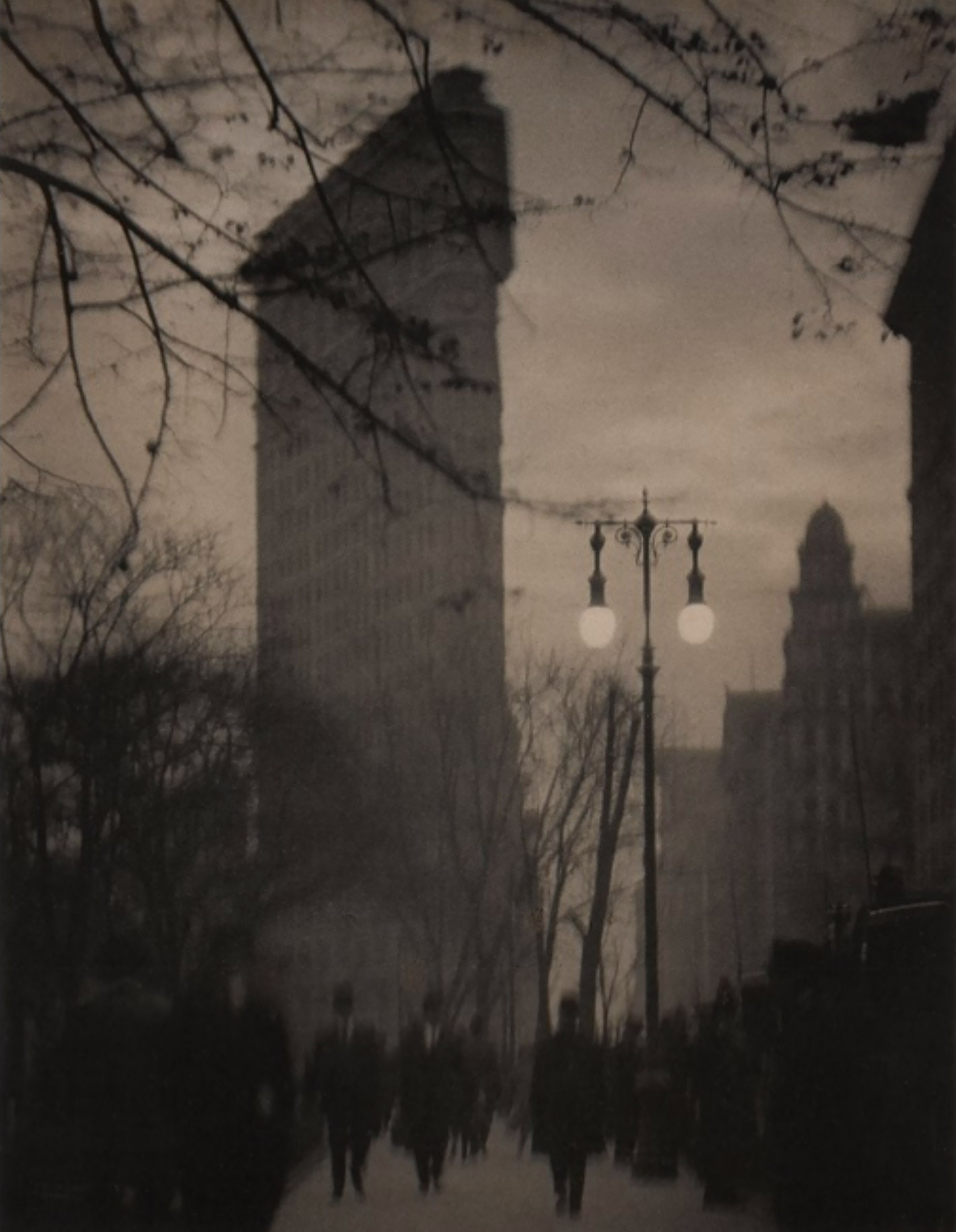
Platinum print, George Eastman House International Museum.
The eclipse
The First World War was almost fatal to the platinotype. Demand for platinum in the weapons industry (making nitric acid by ammonia oxidation) exploded, raising prices, and making it unavailable for photographers who were turning massively to quicker papers with silver bromide. Eastman Kodak dropped its production in June 1916. The distribution of English papers from the Platinotype Company ceased in the U.S.A. in 1917.
In 1916, a palladium paper from Platinotype Company was launched to replace the now inaccessible platinum, but it was not as successful as hoped. After many ups and downs, the company disappeared in 1937.
From the 1920s to the 1960s, the platinum process was almost completely abandoned. Only a few aesthetic photographers, the wealthy, and specialists engaged in it. As negatives became smaller, the platinum and palladium process, which requires contact printing due to its relative insensitivity, become increasingly irrelevant.
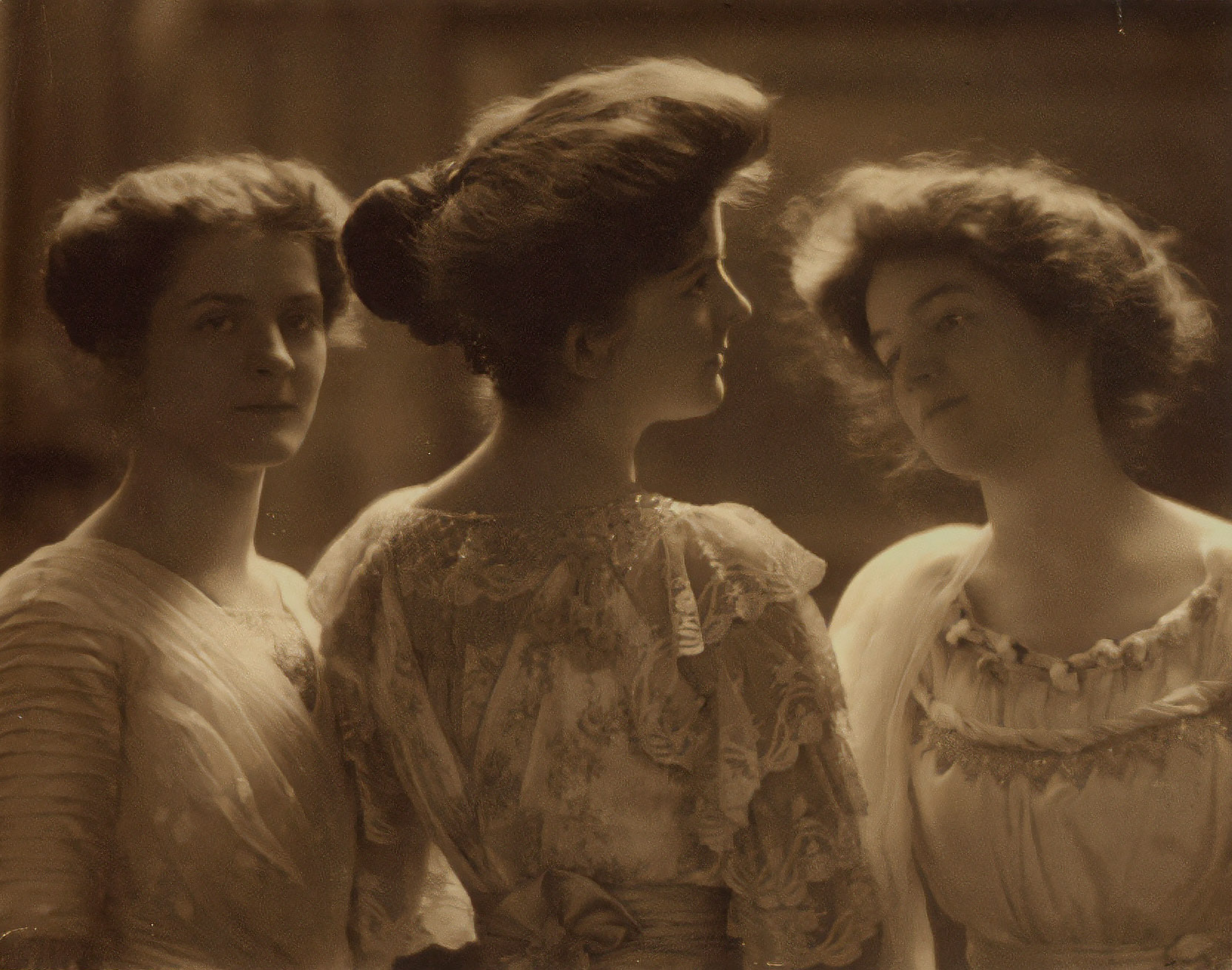
Platinum print, George Eastman House International Museum.
Renewal
The process experienced a brief resurgence of fame from 1960-70 through the work of American photographer Irving Penn (1917-2009), but it seemed reserved for a privileged elite.
A handful of enthusiast amateurs, primarily in North America, maintained and developed the practice here and there, but it was not to see a real resurgence until 1980-90. In 1979, William Crawford published in New York “The Keepers of Light: A History and Working Guide to Early Photographic Processes,” a book that revealed many techniques such as salted paper, platinum-palladium, kallitype, carbon, gum bichromate and bromoil. In 1981, Bostick & Sullivan, a company specializing in products for “alternative” prints, was founded in Santa Fe. In 1988, the photographer Rob Steinberg launched a platinum-palladium paper factory by the name of Palladio Company (which closed in 1993).
Since the digital revolution in photography and the emergence of the Internet in the sharing of knowledge, more and more photographers are interested in the older print techniques (and even more today since commercial production of silver paper has closed, one factory after the other). These sometimes modernized techniques are often grouped under the name “alternative photography.
Because of their many qualities, processes based on platinum and palladium occupy a prominent place in the alternative photography scene, along with cyanotype and carbon printing.
—
Laurent Gloaguen. July 2010.
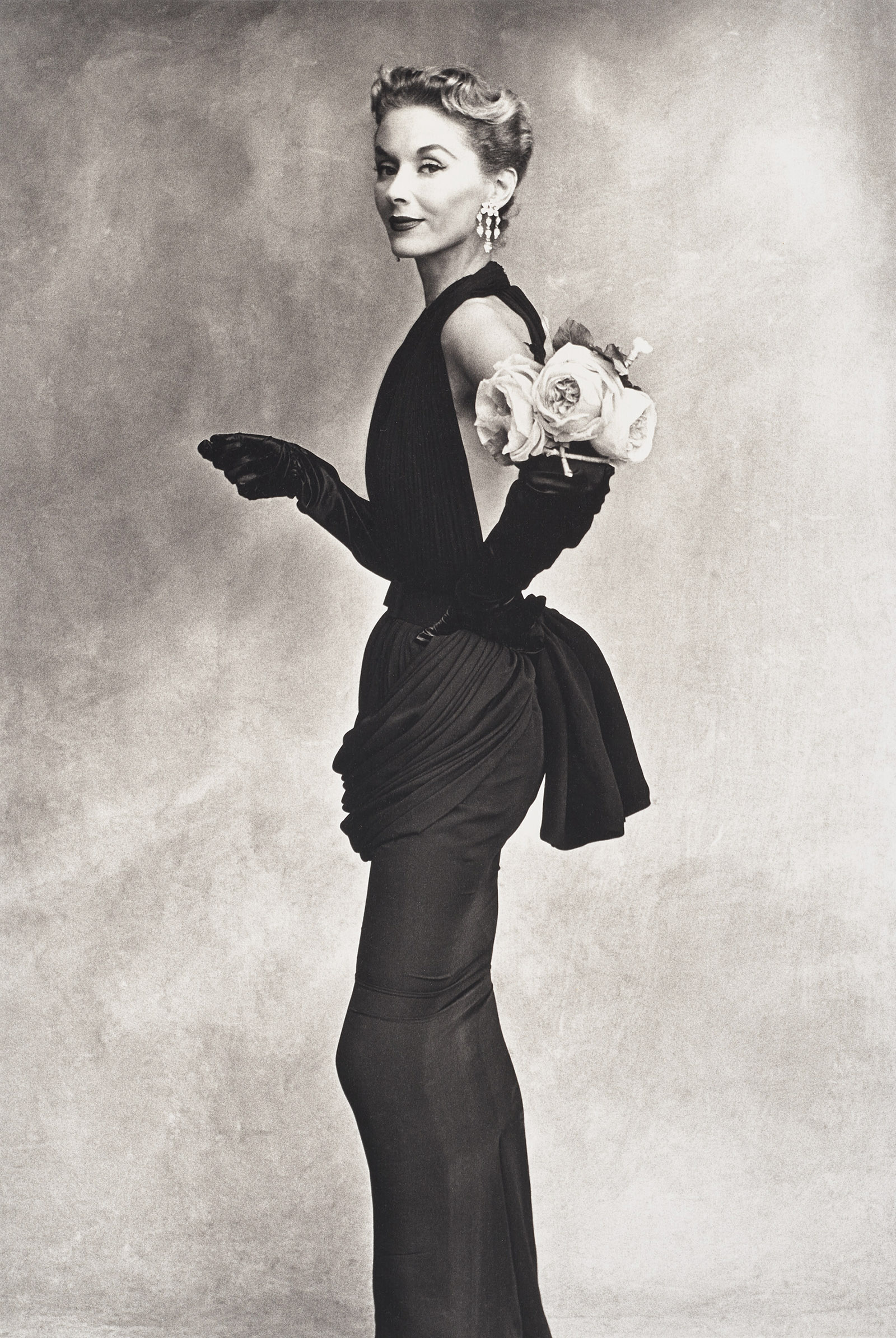
Platinum printed in 1977, National Gallery of Art, Washington.
